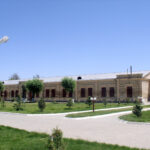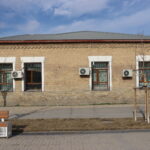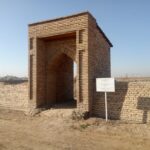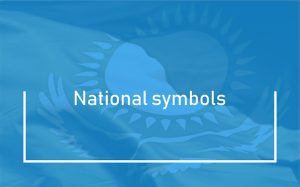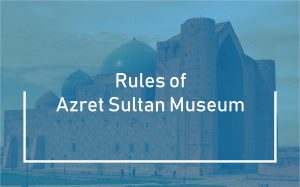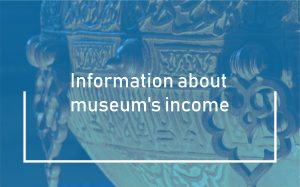On May 31, the Day of Remembrance of Victims of Political Repressions and Famine, the State Historical and Cultural Reserve-Museum “Azret Sultan” held an off-line exhibition “History Lessons — Tribute to the Past” in secondary school No 20 of Turkestan.
— “After gaining independence on April 14, 1993 the Law of the Republic of Kazakhstan» was adopted. On Rehabilitation of Victims of Mass Repressions” was adopted on April 14, 1993. The first President of the Republic of Kazakhstan Nursultan Nazarbayev declared 1997 as the Year of National Peace and Remembrance of Victims of Political Repressions, and May 31 as the Day of Remembrance of Victims of Political Repressions and Famine.
As a whole, according to estimations of researchers, in 1927-53 in Kazakhstan more than 125 thousand people were persecuted. 25 thousand of them were shot.
Head of State Kassym-Jomart Tokayev in his article «Independence is the most valuable thing: «On the eve of the celebration of independence, we must remember these personalities and present them to the younger generation and the whole world. And also it is worth to pay special attention to scientists and writers dealing with this topic. One hundred years have passed since the first 1921-1922 years of the Great Mora, when more than one million people died and the survivors were forced to wander the world. If so many people had not died, our numbers would now be twice as large. So far, these white gaps in our history have been poorly explored. There is still no consensus among scholars about the number of people who died in the famine. All sorts of baseless sources and their implications mislead people. «It is necessary to carefully study the historical documents and collected materials,» said researcher Dinara Arynova.
More than 30 exhibits were presented at the exhibition.


